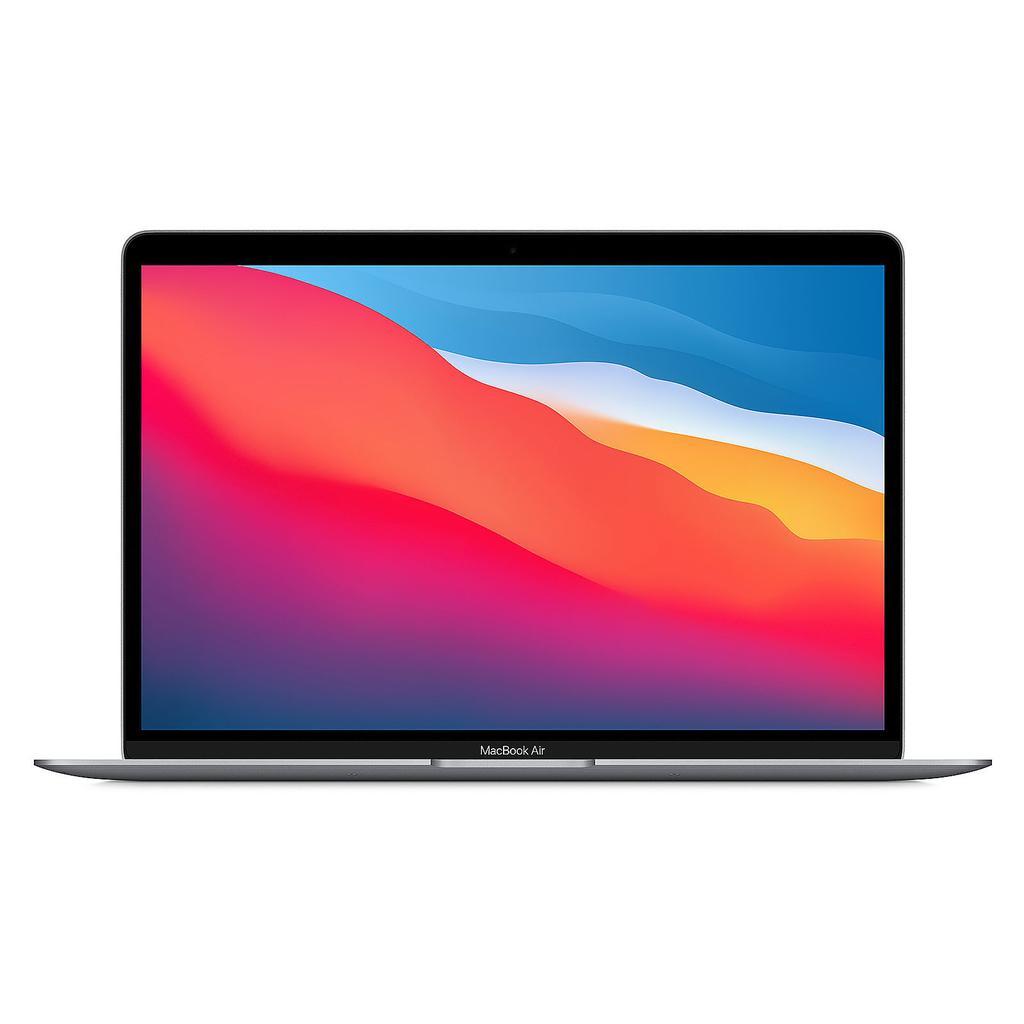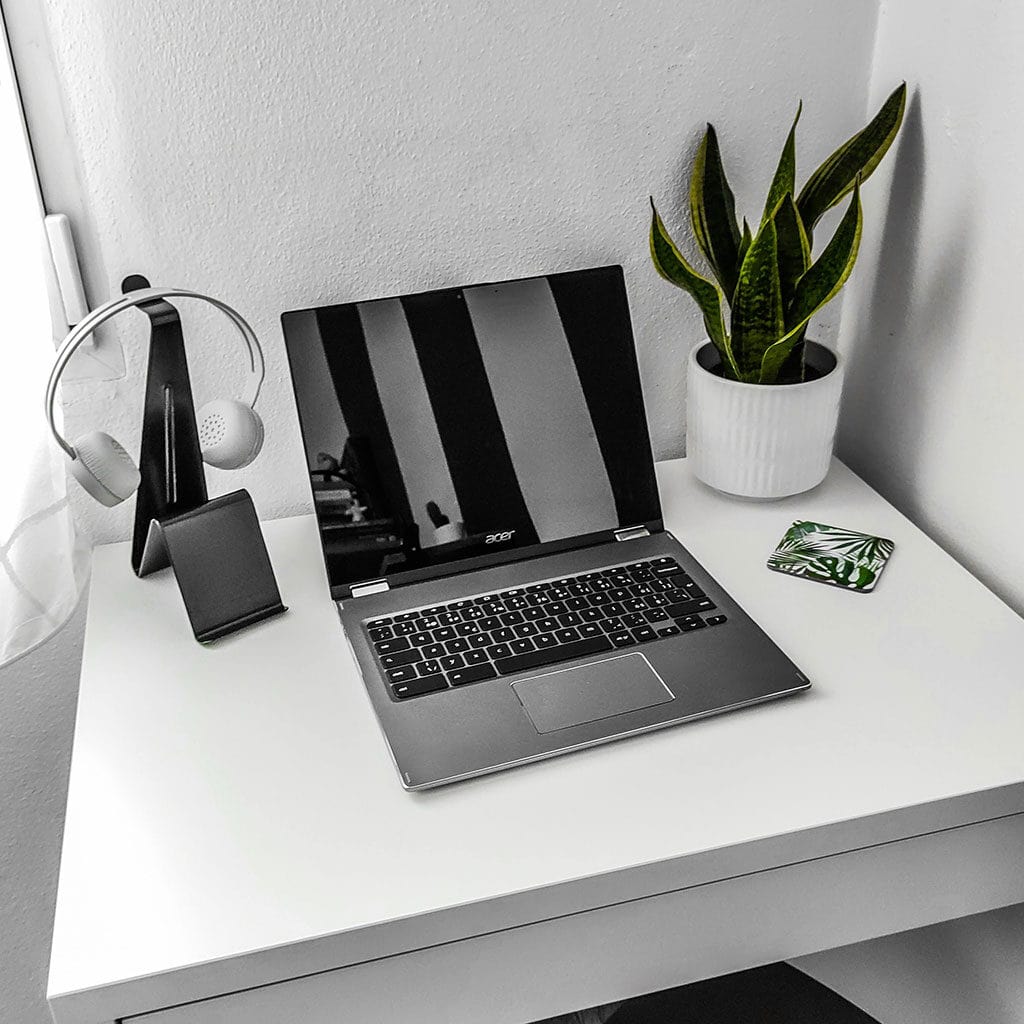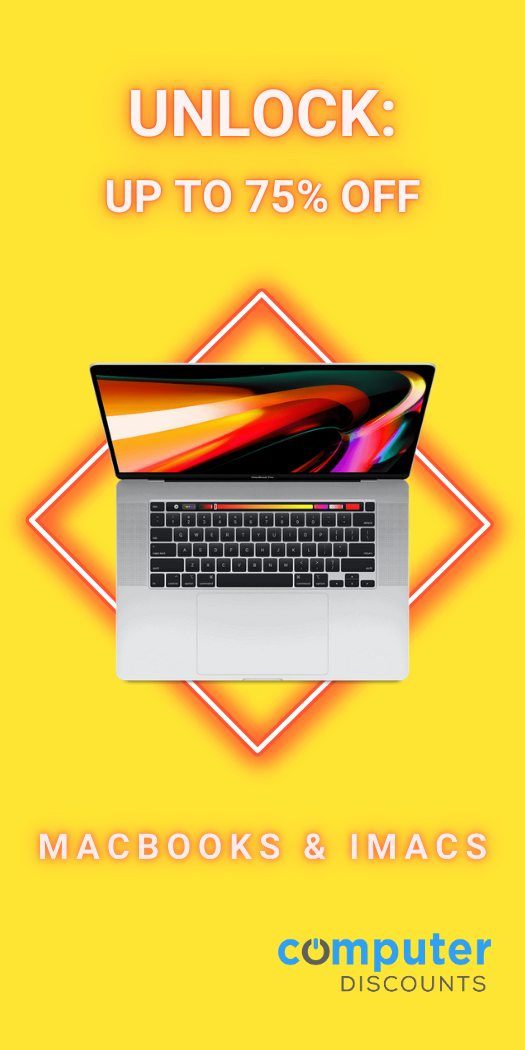Taking screenshots on a Chromebook is easy and convenient. With just a few simple steps, you can quickly capture whatever is showing on your screen. Whether it’s an image, a message, or some other important information, capturing a screenshot can be done in no time at all. In this article, we’ll explain how to screenshot on Chromebooks.
The Quick Settings feature enables users to take screenshots
Taking screenshots via the Quick Settings menu is a great way to capture an image of what’s currently displayed on your screen without having to go through a complicated workflow or juggling multiple apps.
In your screen’s lower right corner, simple click on the clock and the Quick Settings menu will appear. From there, you can easily find the Screen Capture icon which looks like a circle in a square. Once you select this icon, a small menu at the bottom of your screen will pop up with several icons; from left to right they will include Camera, Video Recorder, Screen Capture Options, and Trashcan. This handy menu gives you quick access to all the screenshot tools needed for editing and saving captured images in any format for later use.
Using the keyboard
Using the keyboard to take screenshots is a quick and easy way of capturing images on your Chromebook. The most common way of doing this is to press down the Ctrl key and Show windows key simultaneously. The Show windows key looks like a rectangle with two lines on the right side, found in the middle of the top row of your Chromebook keyboard. If you’re lucky enough, you might have a dedicated Screenshot key which looks like a small circle within a square.
Once the keys have been pressed down at once, it’ll automatically capture your entire screen as an image file which you can then share or edit accordingly. This works great if you’re working on something like document while wanting to save it or take a look at what else is happening around your screen (such as notifications from other applications). Furthermore, some operating systems also allow scrolling screenshots so that can be achieved by simply pressing down alt + show windows key instead of just show windows by itself.
Instructions for utilizing the screenshot toolbar
The screenshot toolbar is an extremely useful utility to have when you need to capture what is happening on your screen. It enables you to take photos of your screen or record a video clip in order to save, share and discuss what is going on. On the left-hand side of the toolbar, there is a toggle that will allow you to switch between taking stills or recording video clips. Following this, there are options that let you take full-screen screenshots, snippets of certain areas or only specified windows under both settings. These can then be used for either photos or videos, making the screenshot toolbar incredibly powerful and flexible.
The settings cog on this toolbar also allows for fine-tuning what gets captured during a recording session. Here, one has the ability to choose whether they want their microphone turned off or on when recording their screen. This means that narration and sound accompanying your captures can now be part of them as well – something which makes understanding recordings easier by giving context about what you’re seeing in real-time rather than solely relying on visuals alone. The screenshot tool is an invaluable asset; from stills to videos, it will be sure to help any project go smoother.
Find Chromebook screenshot folder
Finding your Chromebook screenshots can seem confusing at first, but it’s actually fairly simple once you understand how the process works. All screenshots are automatically copied to the Clipboard, while more recent images also show up in Tote—a feature of Chrome OS 89 that keeps important files easily accessible. From there, finding them later is as easy as opening up your Downloads folder or any other folder you have designated for them in Settings. Additionally, given the limited storage space of a Chromebook, backing up these images to Google Drive is an efficient way of making them accessible across devices.
To get started, press Shift + Ctrl + Show windows and select Settings> Select folder from the menu. You can then choose the preferred destination for future screenshots and access current images from Tote or the Downloads folder, depending on when they were taken. It’s an effortless procedure that makes it easier than ever to find your Chromebook screenshots—whether for viewing or sharing with other people.
Conclusion
In conclusion, taking a screenshot on your Chromebook is easy. To do this, press down the Ctrl key and Show windows key simultaneously to capture your entire screen as an image file. Alternatively, you can use the screenshot toolbar which has options for taking full-screen screenshots or snippets of certain areas or windows. Your screenshots are automatically copied to the Clipboard while more recent images also show up in Tote. You can find these by opening up your Downloads folder or any other folder designated for them in Settings. Finally, you can back up these images to Google Drive for easier accessibility across devices.





